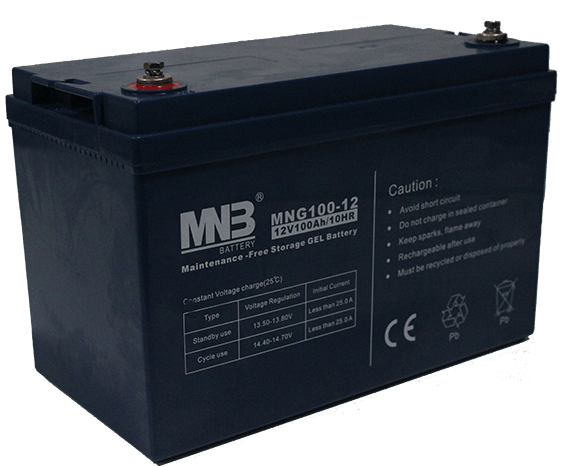Choose a battery for the UPS (uninterruptible power supply)
We determine the parameters of the old battery
The first thing to do is to find out its technical characteristics, which you will be guided by when choosing a new battery for an uninterruptible power supply. The main parameters that you need to know are voltage (V) and capacity (Ah, Ah).
The voltage must exactly match the value indicated on the old battery. Typically, batteries can be 6 and 12 volts. As for capacity, you can choose a little more than it was.
It also does not hurt to determine the dimensions of the battery, which can help you choose the right model if you could not read some characteristics.
By the way, all the important parameters of the battery are in the passport of the uninterruptible power supply. If you still have the documentation, the choice will be made easier.
AGM or GEL?
The second, no less important criterion for choosing the battery for the UPS is the type of execution. To date, the most popular are batteries manufactured using AbsorbedinGlassMat (AGM) and GEL (gel) technology. Let's figure out which option is better to choose for your own conditions.
Agm
AGM batteries consist of positive and negative lead plates separated by a separator (made of fiberglass). Fiberglass, in turn, is impregnated with electrolyte. The price for them is not high, the service life reaches 10 years. On average, the number of life cycles at 100% discharge is about 260, at 50% discharge - 500. AGM batteries are most often used in backup power systems, where deep discharges will be rare. If you do not leave the batteries in a discharged state and observe the optimum temperature range of 15-25 C, the batteries should work out the declared service life.
GEL
The difference between gel batteries and AGM technology is that silica gel is used as a separator, which is poured between the plates during production. Silica gel during solidification is a solid with a large number of pores and retains the electrolyte. Thanks to this technology, silica gel completely fills the space between the plates and the destruction of lead plates is almost impossible. GEL technology improves battery performance, such as the number of discharge cycles and resistance to deep (100%) discharges. Gel batteries are mainly used in solar and wind energy. The only drawback is the high cost.
Choosing between two types of manufacturing, the best choice would be to focus on AGM technology.












Can distilled water be added to a helium battery?
I added, it does not help.
But in general, such batteries are not serviced.